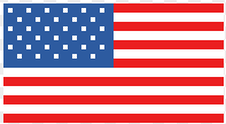|
I have put together a brand new presentation for 2021. I am looking forward to debuting this presentation for the first time next Thursday. This will mark my first in-person presentation in almost two years and I am very excited about that! Stripers are one of the most popular game fish to catch on the planet. I have spent a good portion of my adult life pursuing this great fly fishing quarry. During my "Seven Stripes, the who, what, where, when, why and how of to catch Striper on the fly" presentation we will discuss all aspects of catching Stripers on the fly, from what or who the fish are, to how and where to catch them. If you are a striper junkie like me, then you will not want to miss this presentation! The first chance to catch this presentation will be at the October Delaware Valley Fly Fishers meeting. The DVFF meeting will be Thursday, October 14th, at 7:00 PM, at the Churchville Nature Center, located at 501 Churchville Lane, Churchville, PA. Click HERE for directions. I will start the presentation shortly after the end of the club business. There will be something for every type of fly fisher in this presentation, from the first-year rookie to the seasoned jetty rat. This event is open to the public, with a nominal entry fee for non-club members. This promises to be a great evening; we hope to see you next Thursday night. If you have any questions please feel free to contact us, if not we look forward to seeing some of our Norvise tyers attending this great event. Till next time...
Tight lines - Tim Tonight's blog post is an interview of sorts from a few years ago when we had just taken over as owners of Norvise. My buddy Shawn and I were driving to a fishing spot and we were talking about fly tying, the investment to get started, and if a premium vise was worth the cost to a casual tier. We turned the discussion into an interview of sorts. I believe it was posted on his local club's newsletter while he was the president. I stumbled across it the other day and I would like to share it with you, here on the website. Why the cost of a quality vise is justified, no matter how much or how little you tie. An interview by Tim O’Neill with Shawn Rakes TO: Why do you think it is better to begin tying flies using a premium vise rather than upgrading over time as you become more experienced as a tier? SR: Because experience in fly tying, manufacturing, and metalworking has taught me that you will spend more money upgrading over time that way. Cheap tying equipment, vises, tools, etc., are just that. Most are made in China or Korea and will break down quickly either from just use or from time and/or exposure. They lack quality, premium materials, and warranties. So what happens is these manufactures are not in the [fly fishing] industry and are using the cheapest recycled steel or aluminum that they can find. In some cases, just from being exposed to the atmosphere (oxidation) occurs with these devices, and they just fail. Eventually, they will rust, break, crack, or crumble in pieces, and it is unrepairable, rendering them useless. Likewise, Sub-premium springs, pins, threads, bolts, and pretty much any kind of connection or hardware will fail or rust out. TO: What was your first vise? My first vise was a Regal knock-ff. I got it from a big-box outdoors retail store. The jaws began to crack and fail within one year, and eventually, the spring-loaded jaw mechanism just gave out and fell to pieces in my hand. When I contacted the retailer, as it was their name on the vise, they said they could do nothing because it was “fair wear and tear.” Truthfully I was only tying a couple of flies a week. It was ridiculous. TO: So what did you do after that? Is that when you went to Norvise or what? SR: No, I am what you call a slow learner; so at this point, I was just starting to get my [tying] legs under me, really getting excited about tying up my flies to catch fish, just like what happens to a lot of people who fly fish in those beginning years. But, I think because I was a fisherman first and a tier second, I felt that I should spend my money more on fly fishing gear than a vise. I mean, you are trying to get a rod/reel [size] to fit all the different types of fish you are perusing on the fly, and you look at the 500-1000 bucks for a premium vise, and you’re thinking, man I am only tying a handful of patterns right now and so on. So I went for the $150 vise made in the USA; the quality was better, but low-and-behold, my tying abilities gained momentum, and I needed more hook size capability for all those different species I was chasing. Plus, I wanted something with a heavier base for some of the spun hair, articulated, and more complicated patterns I was starting to tie. Even just tying a clouser, I had to turn the fly over in the jaws and then goof around with getting it secure again; it was a pain. I kept that vise for a while, but eventually, the jaws failed on it as they were regular blued steel. So I replaced the jaws and ended up giving that vise to a kid in my fly fishing club to learn on. TO: So you switched to Norvise after that? SR; Yes. My son Ethan took a tying class and learned the vise [from you]. After he had it home for a while, I sat down and started tying on it. It is different at first; you have to get used to turbo-rotary ability. I kept losing the thread and having to restring the bobbin. Once I figured this out though is that this vise can do it all. It is truly a “SYSTEM.” I have tried tying on a regular vise since I switched over, and there is simply no comparison. The three Editors note; there are 4 jaw types now with the addition of our shank jaw. quick-change jaws are stainless steel and hold a hood like they are set in concrete. I also have a marble base, so it does not move at all. I tie a lot of big stuff, and it handles it with no problem. This thing is heirloom quality; I just love it. TO: So I guess you would recommend it? SR: Absolutely, I think for the price of one quality fly rod and reel set-up, you can have a system that is heirloom quality, ties consistently and quickly and will last forever. I am a slow tier, so the vise [Norvise] makes me respectable when attending fly-tying meetings, events, or gatherings. Also, I target a vast array of species from creek chubs to tarpon in a single season, so I don’t know how you can beat the flexibility of the jaws. My Norvise is like a Fox or Parker shotgun, a Hardy Brothers ‘perfect’ reel, or a Rolex watch. I guess what I can say is: It is entirely efficient. Norm left nothing to chance; there are no wasted movements. Its development is the marriage of engineering and intimate fly tying knowledge. TO: You ready to go fishing? SR: Yep. Well, he makes a good argument and one we certainly agree with. It is funny, just prior to working on this post I was talking with a customer on the phone. She told me that she has one of Norm's original vises. She believes it to be close to 30 years old and it is as good as the day she bought it. Quality parts made in the USA with a lifetime warranty...what's not to like. Thank you Shawn for helping me with this post and a big thank you to all of the Norvise customers out there. Til next time... Tight Lines - Tim This weeks Blog coms to us from Norvise ambassador Marc Williamson. This is a great read for any fly angler looking to up their game. Sound advise here from a seasoned veteran of the long pole. We had a great time this past weekend. Sunday we spent several hours floating down the famed Juniata river or the "Big J" as the locals say chasing my favorite fish. I actually spent most of the day on the oars rowing Ed and Tyler down the river. The fishing was tough, we did manage to scratch out a good day with approximately 15 landed fish including this 18" tank landed by Ed. Yes, Sunday was a great day, Saturday was even better... So, about a 10 months ago we got a sweet deal on a nice little John boat from the Millers. You may remember last July I broke my elbow and some ribs, well this is the boat I was on when I fell. The obvious next step would to be to buy the damn thing, makes perfect sense right? Well, we have it and have affectionately named it "The Rib Breaker" Seriously, that is what Braden named the boat after we bought it. This is a perfect little boat to do a lot of the fishing we like in the ponds that litter the lower part of Delaware. We will waterfowl hunt out of it in the fall and winter and as I learned this weekend, this is a great little boat to run a trot line for crabs. Living in our area Blue crabs are something we look forward to every summer. and this year was no different. What was different is this year we are catching them ourselves instead of paying the close to $300.00 market price per bushel of jumbo crabs. Tyler did all the research and built the 1200 foot trot line, which sounds much easier than it is. There are a lot of parts to a trot line including anchors, bouys, lengths of heavy chain and many brass carabiners. We started out early (much earlier than I care to get up) at 3:30 am on Saturday morning. We were at the dock and launched by sun up and forsake of a little issue with the plug we were on our way. So, the most important thing in the initial set of the line. The straighter it is, the easer it will be to "run" the line. With a ripping tide, this is easier said than done. Our line was crooked as an old kerr dogs leg when we were finished, this made for some interesting tending when we ran the line a bit later. One thing that is pretty cool is the more you run the line the straighter is becomes. While the first couple of passes were a little challenging, after that we were running the line like a well oiled machine. Once the line has had a bit of soak time you run to the down tide side of the line and place the line on the "prop stick". The prop stick is basically a hook hanging off the side of the boat. With the line on the hook the line will ride up off the bottom of the river, up over the hook and back down to the bottom as the boat idles from the bottom of the line to the top. Now, this is where the fun begins. As the boat is idling up the line with the line on the prop stick the line is gently lifted from the bottom of the river. As the line is coming up and the baits come into view the crab that are on the baits will hang on, all you have to do is net them and put them in the cull bucket. Sounds easy doesn't it? When you get to the end of the end you take the lone off the prop stick and let it settle back to the bottom. While you are motoring back down to the other end the crabs in the cull bucket are sized. The little ones and females go back and the legal sized males go into the keeper bucket. If you are running a 1200 foot line, by the time you get all the way to the end, cull the crabs from the last run and get back down to the bottom it is time to go again. Once the line is in there really is not any down time. 7 to 10 keepers per run is a good average. At that pace it does not take long to fill a bushel basket. We did about 7 runs on Saturday and had a bushel of big ole Blue Claws. We were off the water and back home by 2:00 in the afternoon with the boat washed, motor flushed, gear cleaned and stowed for next time. Remember those 250 chicken necks. Well, they don't take themselves off the line... Even as nasty as un-baiting the line is, it is all worth it later that evening. Not much is better than a good batch a crabs for dinner. Like I said, this is not the type of blog post you would normally see on a Fly Fishing web site. Every now and then it is good to do some different things. Till next time...
Tight Lines - Tim Today we take a look at our good friend and Norvise ambassador Marc Williamson. Marc is a retired teacher that still spends much of his time teaching others how to fly fish. A Father, Grandfather and friend to many, Marc is as kind of an individual as you will ever meet. To learn more about Marc check out his Norvise Data sheet. Today we take a look our buddy Kevin Griffin. Kevin is a southern fly fisher from Georgia. Kevin is a self proclaimed Trout nut. He has many patterns he had perfected, my favorite is the Caddis pattern used as a strike indicator. Check out more about Norvise ambassador Kevin Griffen. Grant Alvis is a Virginia angler who is as much at home on a native Brookie stream as he is in the salt chasing Reds, Tarpon or Bonefish. His forte is the Northern Snakehead. Grant is an ambassador for the great gamefish, educating people on their misrepresentation as an invasive species and getting people to realize these are not the "Frankenfish" some people would have you believe. Grant is a fantastic fly tyer, tying patterns for just about everything. If you would like to learn more, read on... My evolution as a fly fisherman is similar to many others. I started out catching trout with a can of corn, mepps spinner, or the old faithful rooster tail. I purchased a float tube and started floating down the Toccoa river which has become my favorite local stream. As I would pass fly fishermen, at first I stereotyped them as being snobby, stuck up, and having more money than they knew what to do with. One day on my float I had stopped near a fly fisherman and he struck up a conversation with me. To my shock, he was actually extremely nice and friendly. I asked many questions as far as equipment, flies, casting, etc and he was very generous in sharing his knowledge. That day changed my life. I made up my mind that I wanted to get into fly fishing so I went straight down to the local Academy sports. $100 later I had me a complete set…….fly rod, fly reel, fly line, backing, leader and even a few flies included. After hitting the river and catching my first trout on a flyrod, I was hooked. The next step for me was trying to tie my own flies. I decided it would be amazing to catch a trout on something I created with my own hands. I started with a $60 fly tying kit that I got from Bass Pro Shops. I remember the first fly I attempted was a flying ant. I thought it looked perfect at the time. 😊 I then joined a trout club and decided to post in the forum mentioning that I was learning fly tying and to see if anyone had any tips. I got several replies that I should look up this well known tyer, Chuck Morris, who lived just down the road from me. He had been tying flies 46 years at the time. I messaged him and he told me to feel free to come by his house anytime. I was there that same night. Chuck took me under his wing and taught me the fundamentals of tying and then got more and more advanced as we went along. Chuck had been taught to tie flies by the one and only George Harvey. He was a student in George’s first fly fishing class at Penn State. Learning the correct proportions and fundamentals from the beginning has served me well over the years. Chuck gave me countless bags of materials when I would go see him. He would give me a pattern to go home and practice and then the following week, I would bring in several flies I tied and he would critique them. I tried over and over again to pay Chuck for his time and materials and he would never take a dime from me. He always said, “Fly tying is an artform. Just pay it forward and that is all the payment I want from you.” That is what I have always tried to do from tying at Atlanta Fly Fishing Show, Spring flings, Fall Flings, Trout Unlimited meetings, etc. I finally realized why Chuck had made that request of me when I was tying at an annual Spring Fling and a young boy came up to me with his dad. His dad said that his son wanted to come over and thank me. I was taken off guard a bit and asked “Thank me for what?”. Apparently a few years earlier I was a guest tyer at an outdoor expo in Atlanta area and the little boy came over to me and was very interested in the art of fly tying. His dad said that I took the time to actually help him tie his first fly and on the way home he begged his dad to get him a fly tying kit which he did. He said fly fishing and fly tying has become their favorite hobby to do together and it all started with the “First fly”. That let me know exactly what Chuck meant by “Paying it Forward”. Later, I lucked into a fly tying lot full of materials, hooks, beads, etc and part of the lot was a Renzetti traveler vise. I was, and still am tying on a Norvise so I just showed up at Chuck’s door one day and when he opened the door, I handed him the Renzetti as a thank you and he is still tying on it today, 13 years later. I have learned since then that the fly tying/fly fishing community is full of some of the best people I have ever had the fortune of meeting. Most of them would give you the shirt off their back and are always paying it forward. With that being said, thank you Chuck for everything. Sharing your time and knowledge has been a true blessing to me and developed in me a passion that I hold dear to this day. Till next time...
Tight Lines. Fresh from his Facebook Live event last night, we decided to feature Don Corey on this week's "Meet the Crew Monday" Don is an avid Fly fisher living up in the great state of Maine. He owns Annika Rod and Fly in Brewer, right on the banks of the Penobscot river. Check them out at www.annikarodandfly.com Don has been tying on a Norvise for close to 25 years and is a great supporter of our products. To learn more about Don, check out his data sheet below. |
Archives
June 2024
Categories
All
|

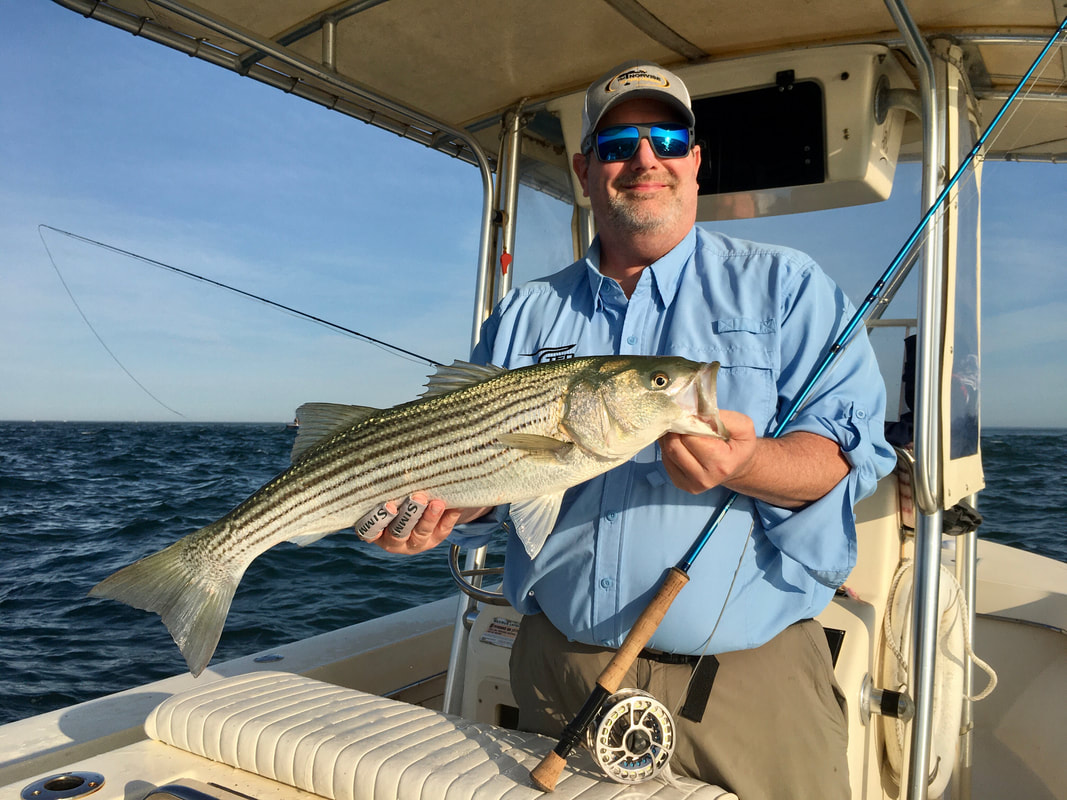
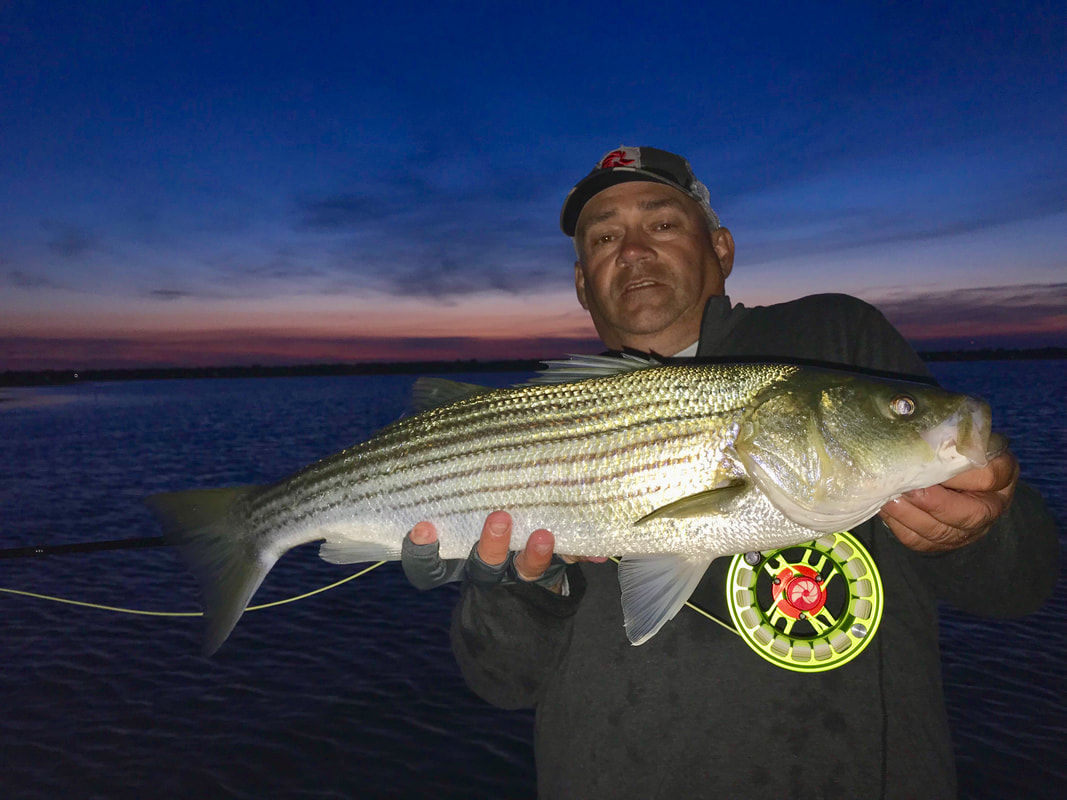
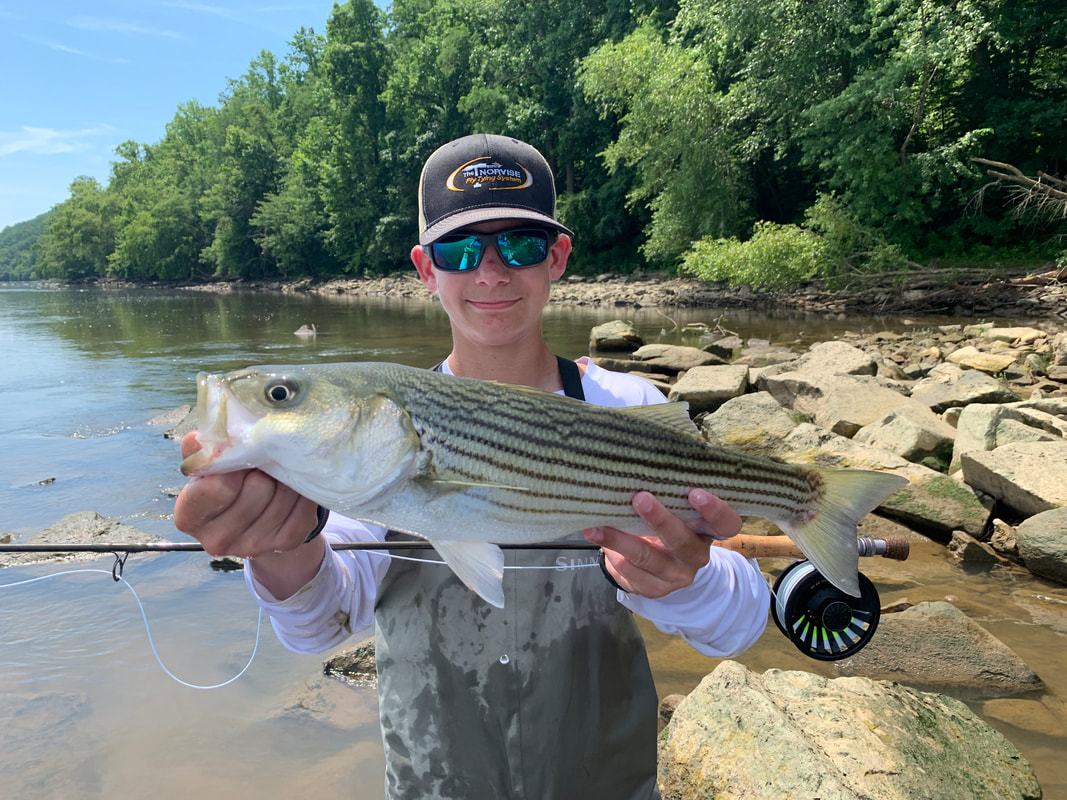
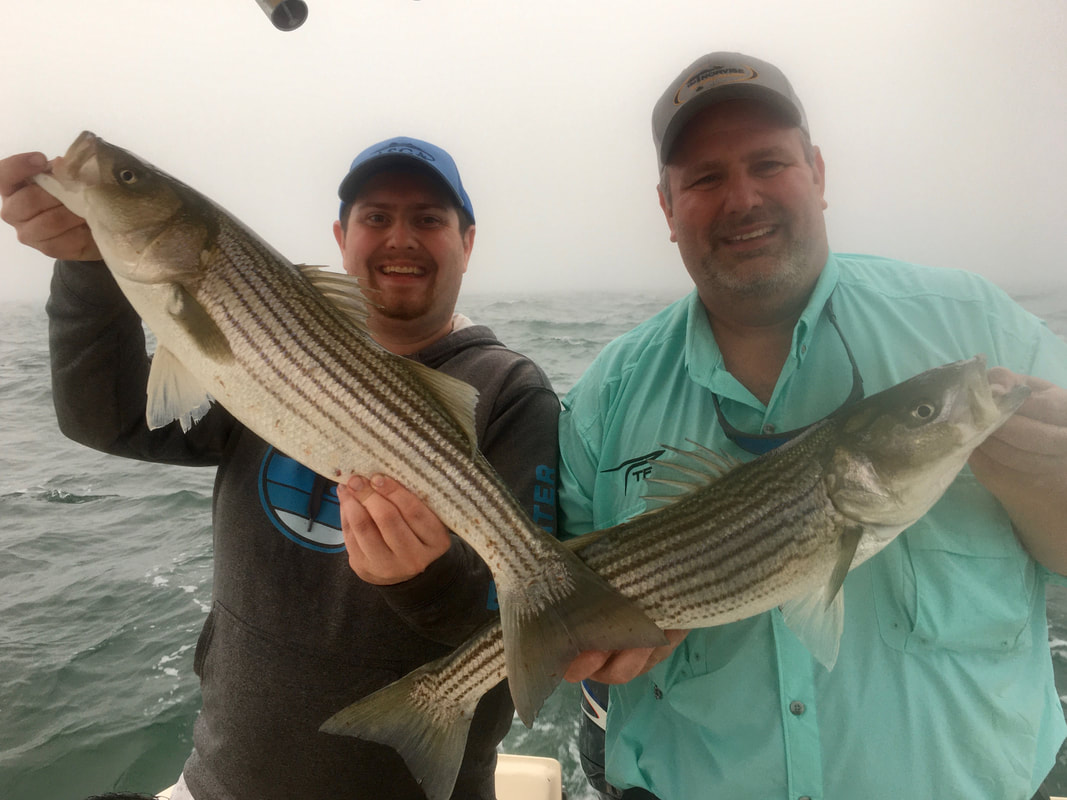
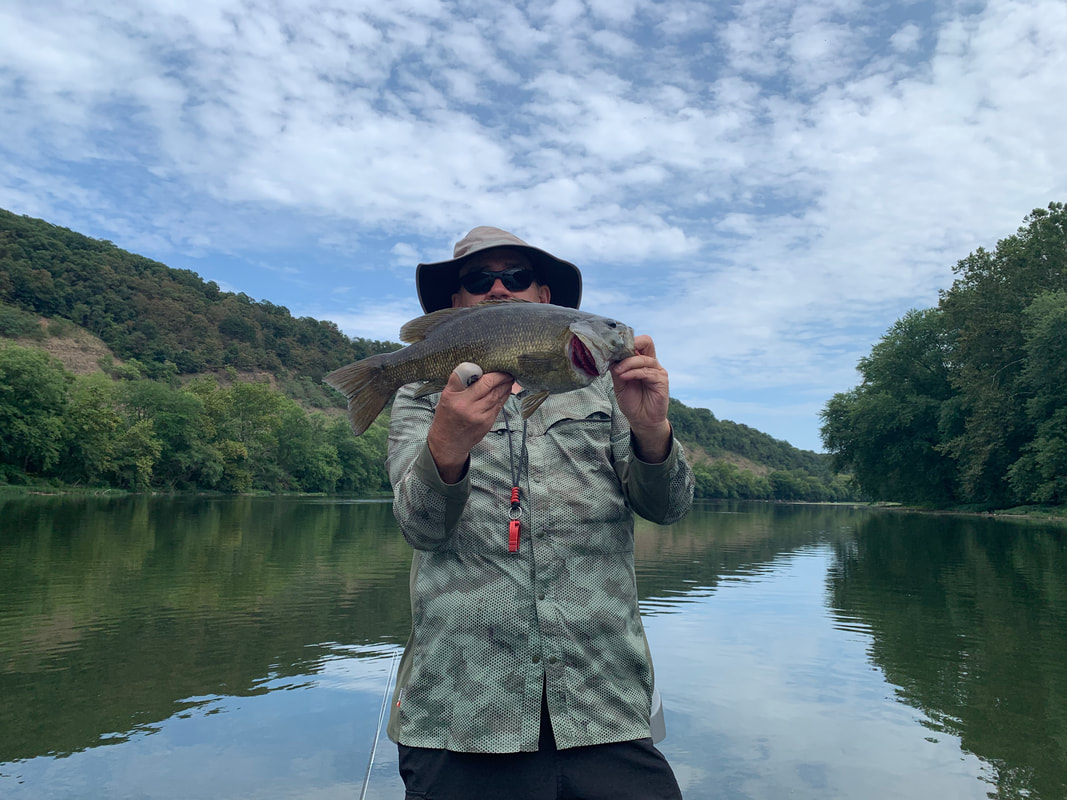
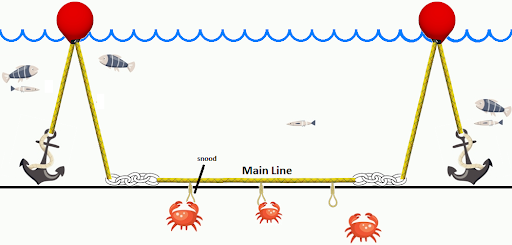
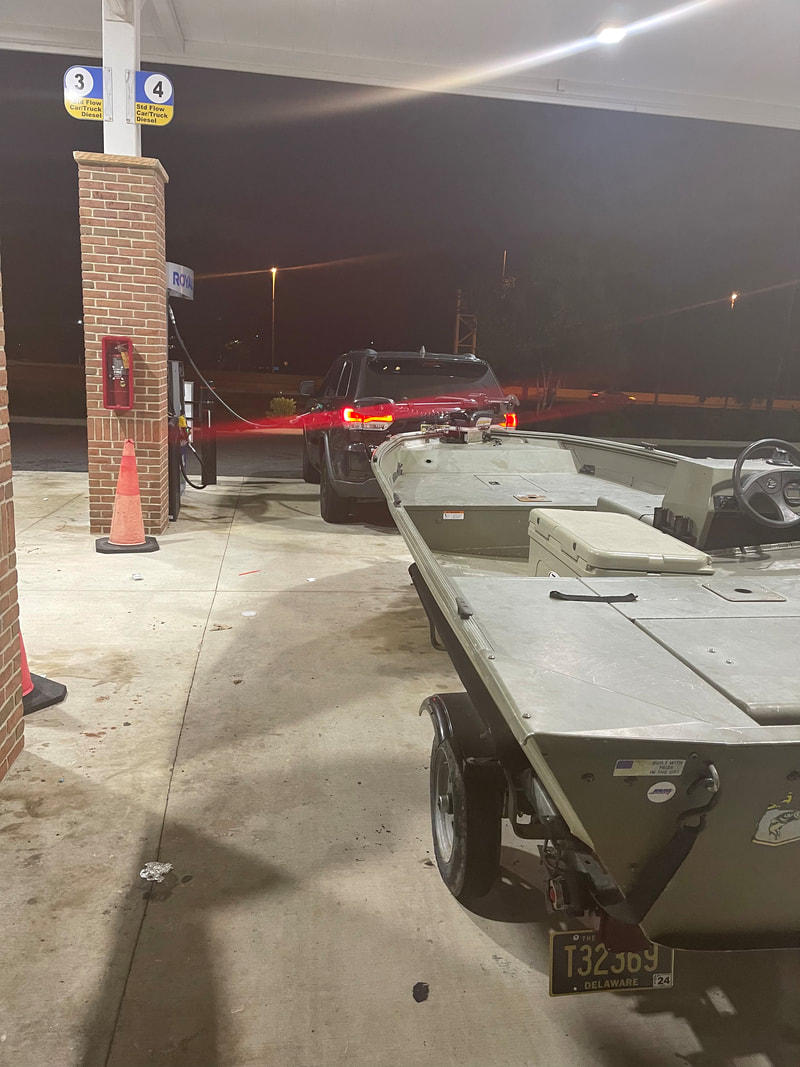
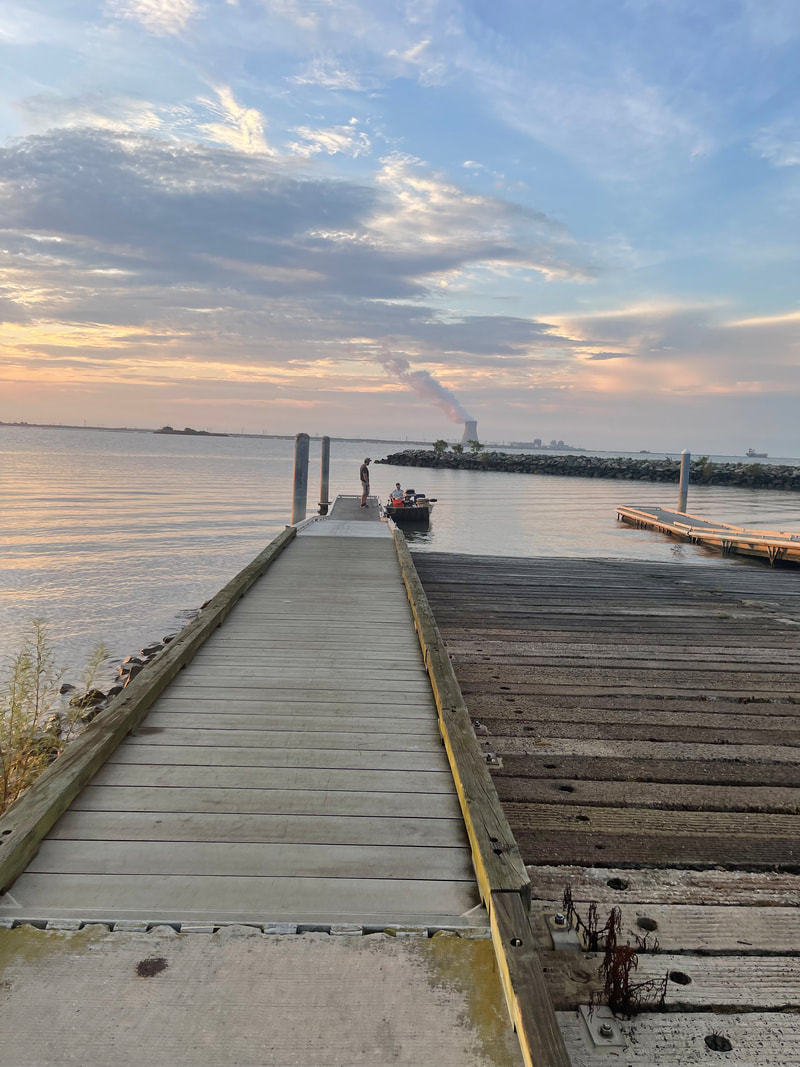
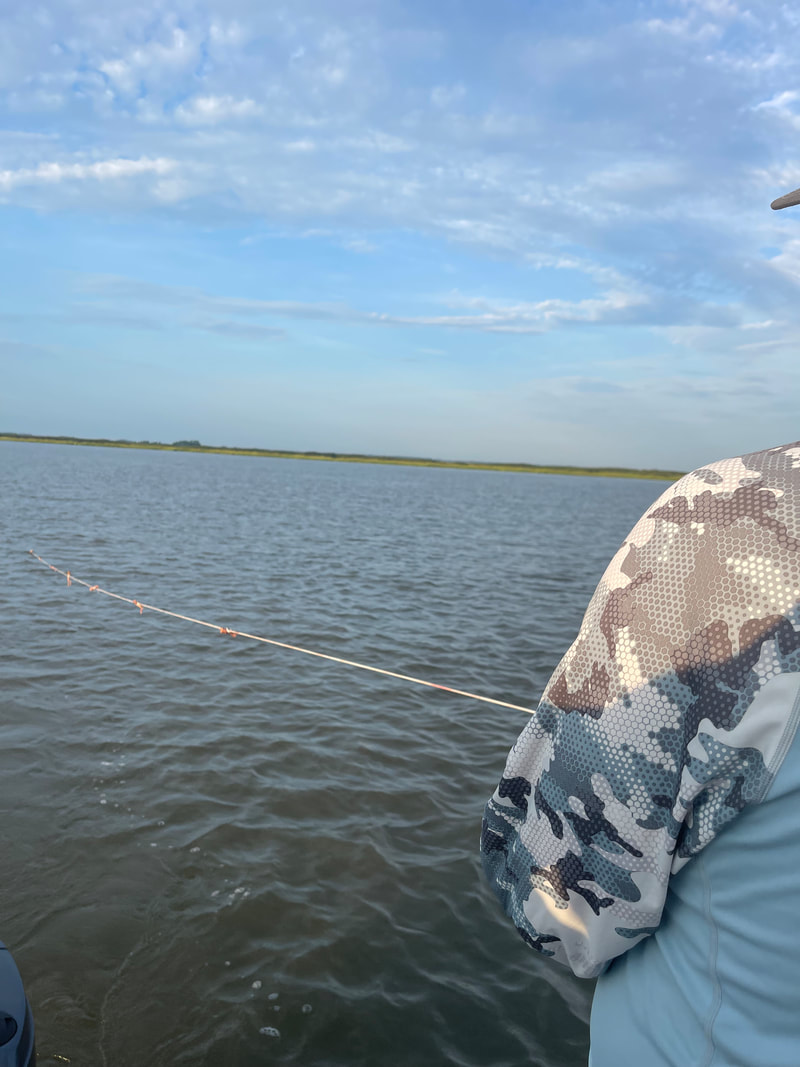
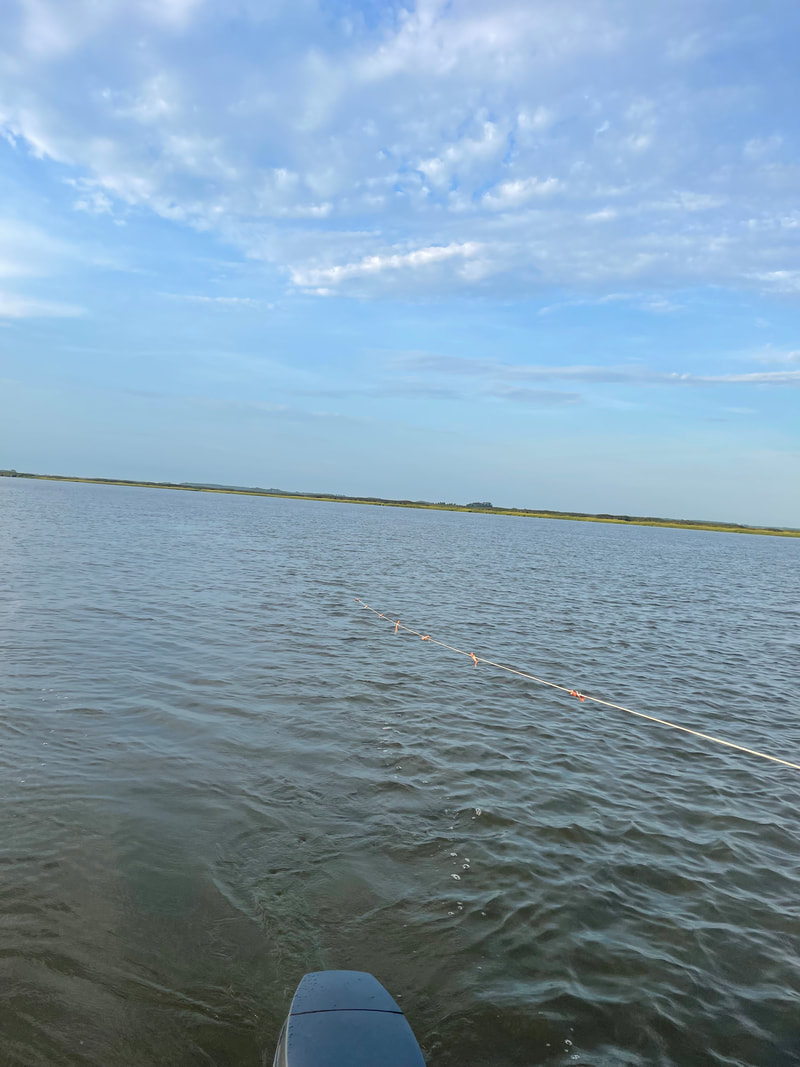
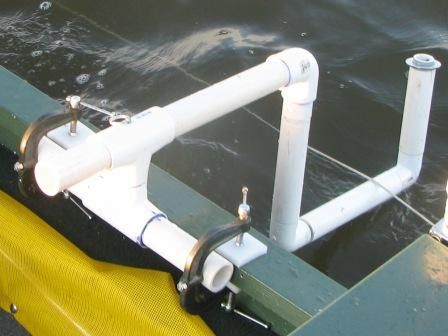
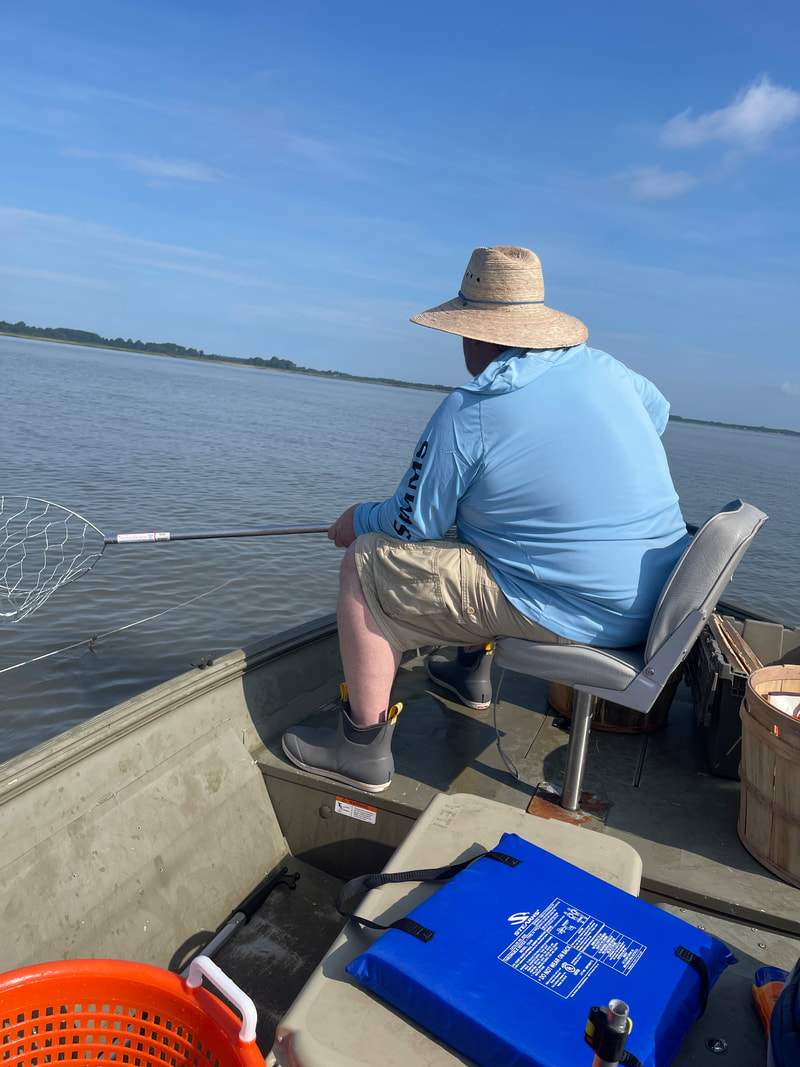
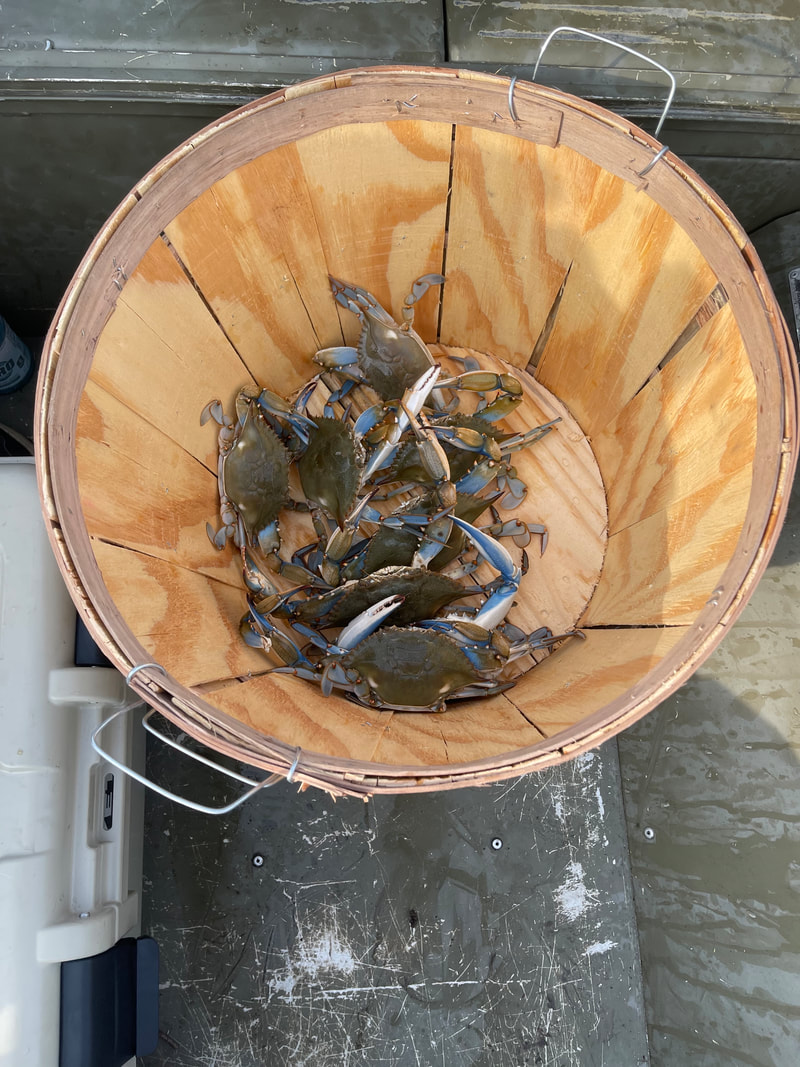
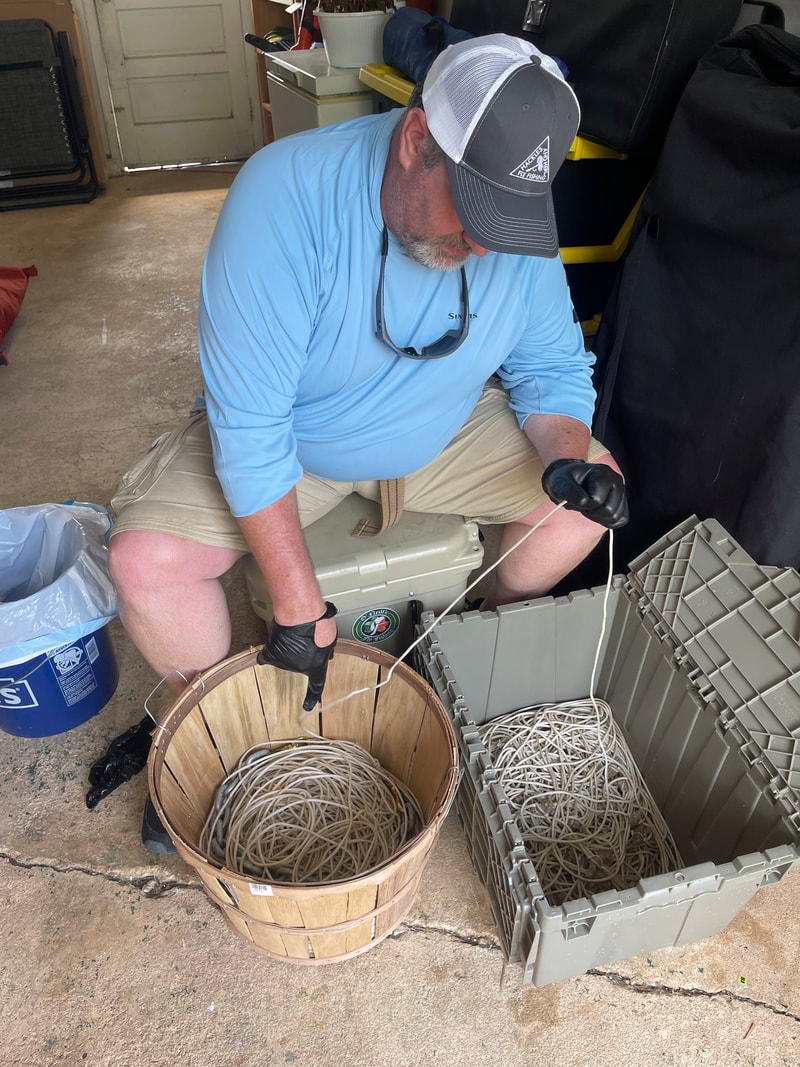
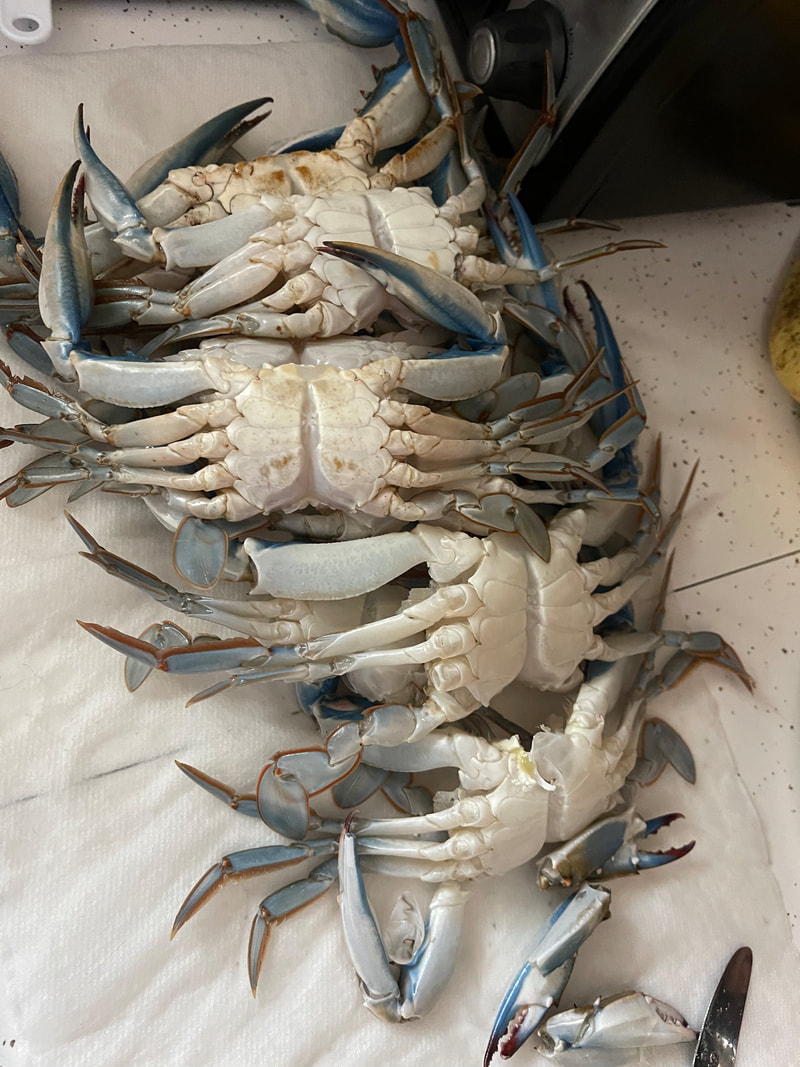
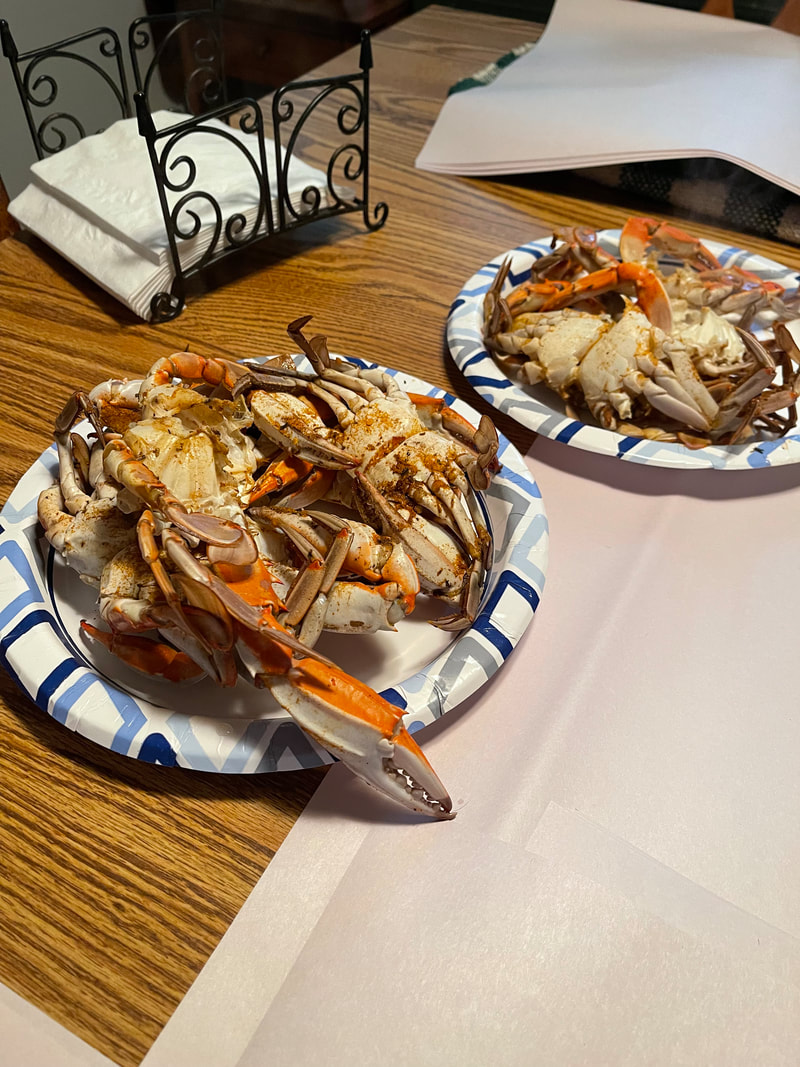
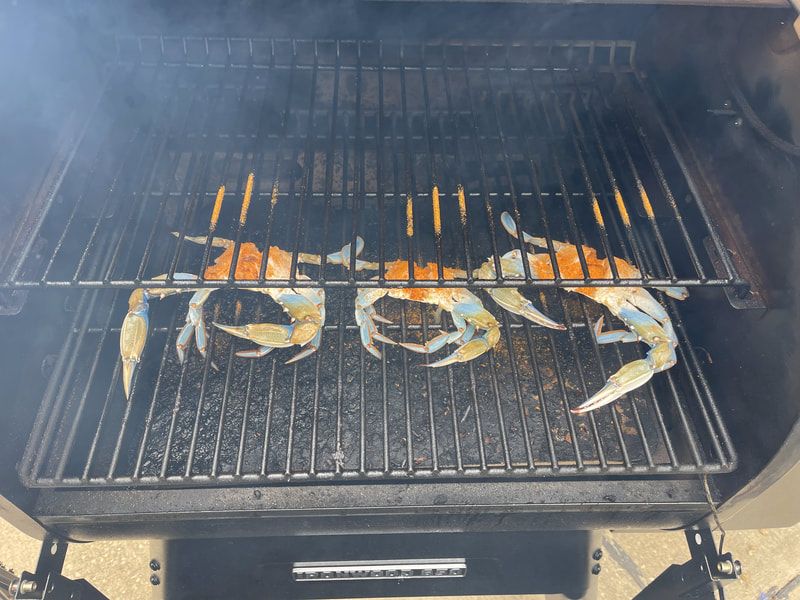
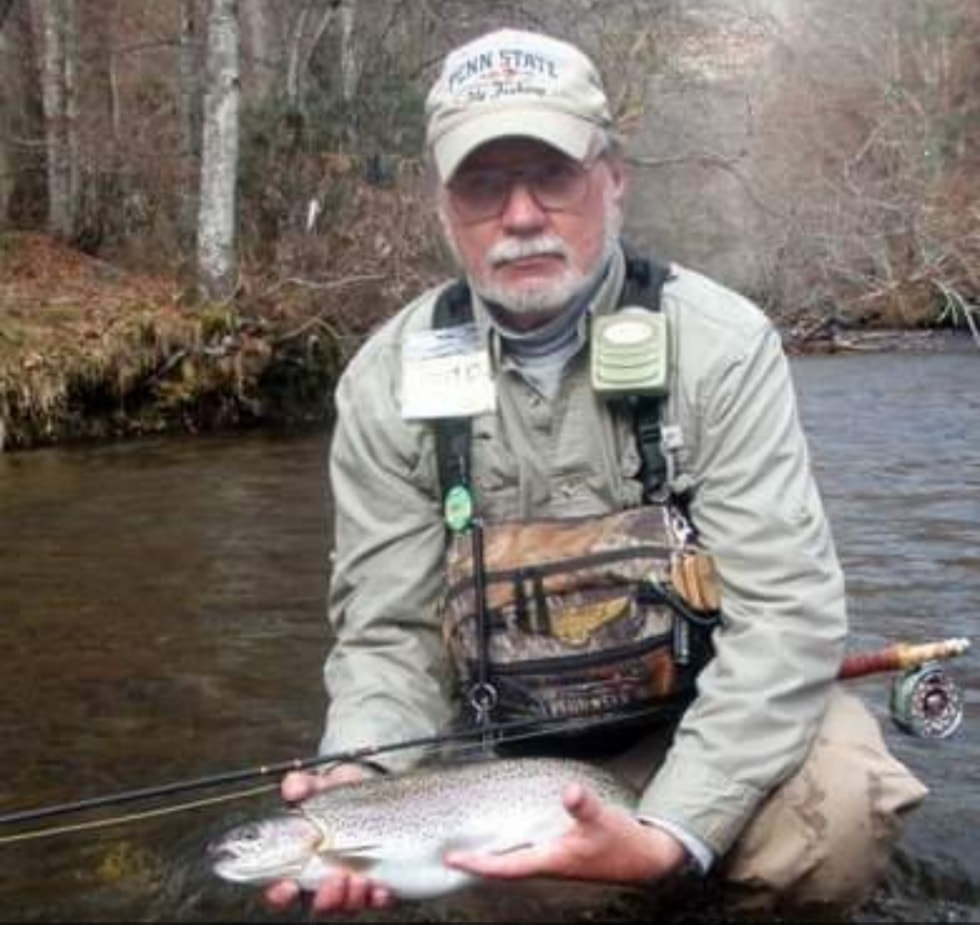
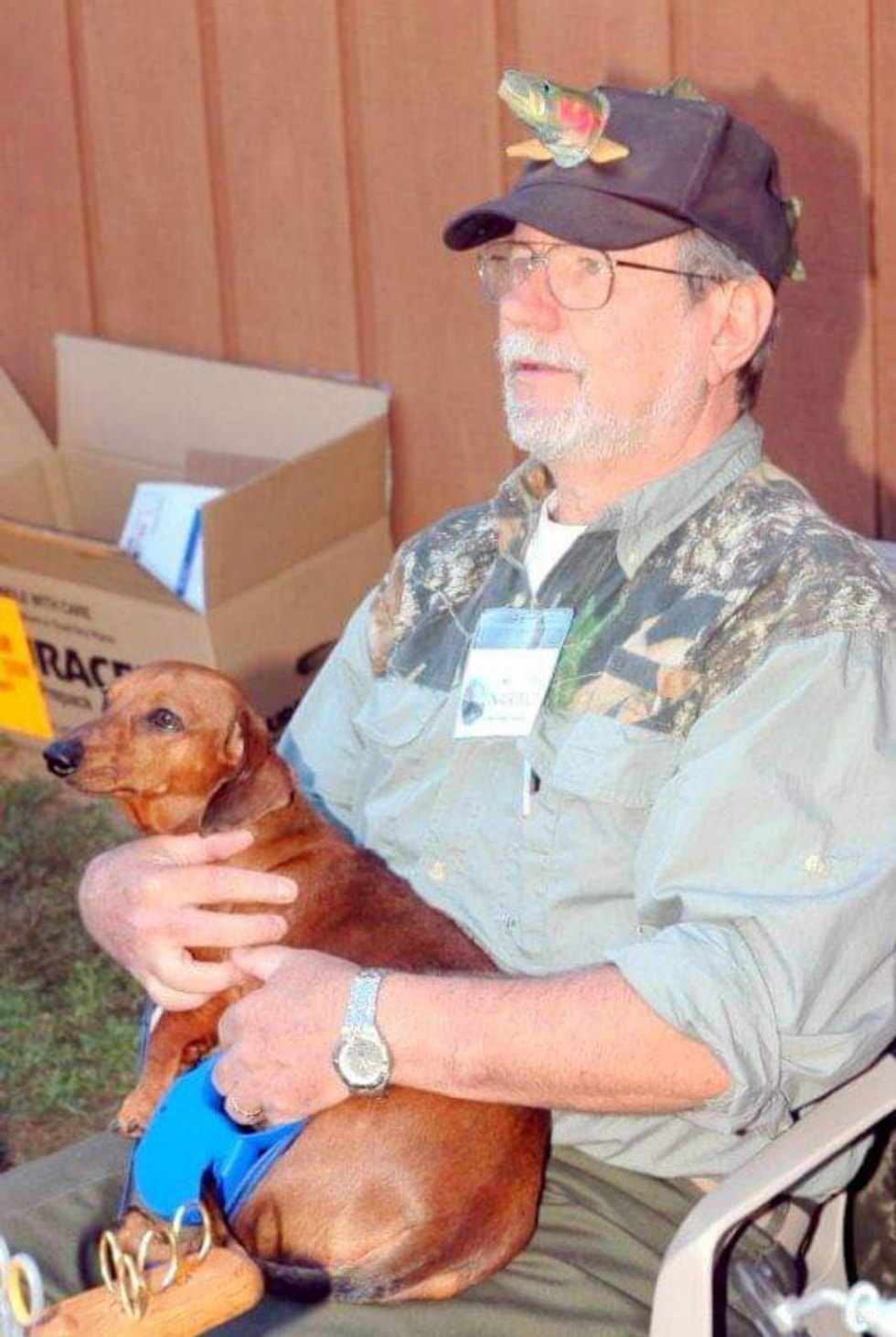
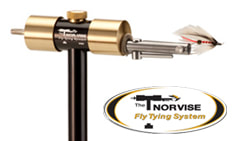
 RSS Feed
RSS Feed
